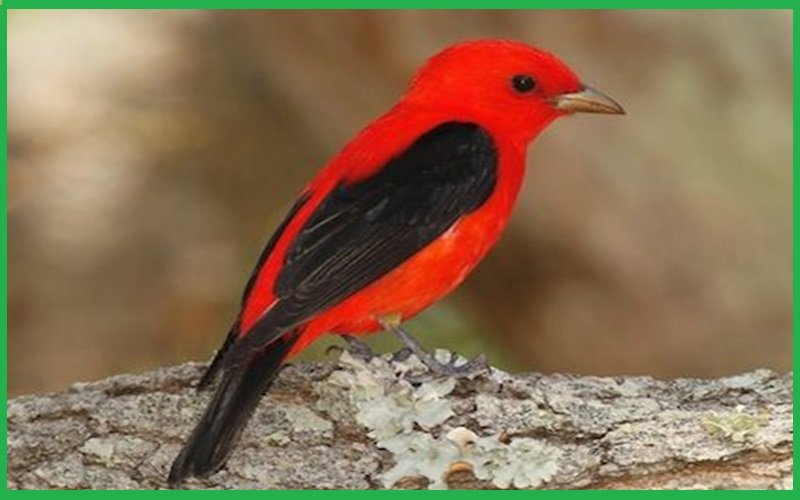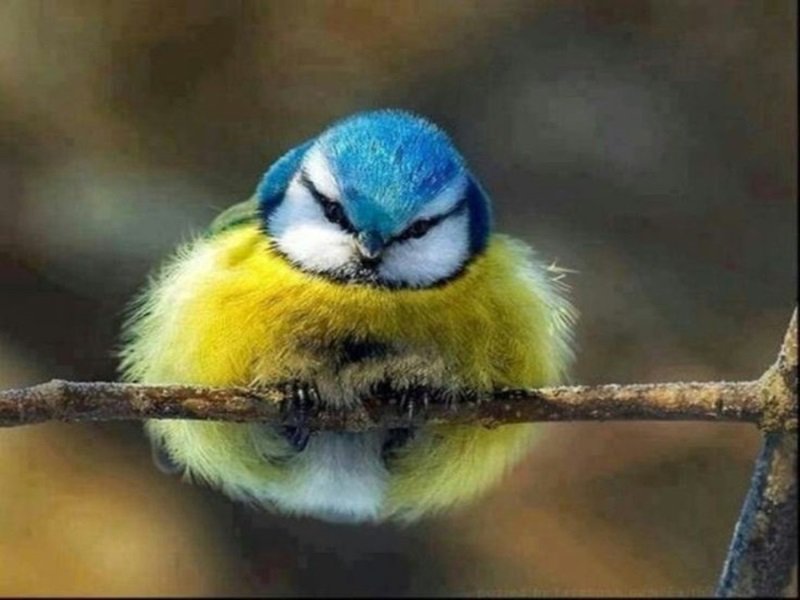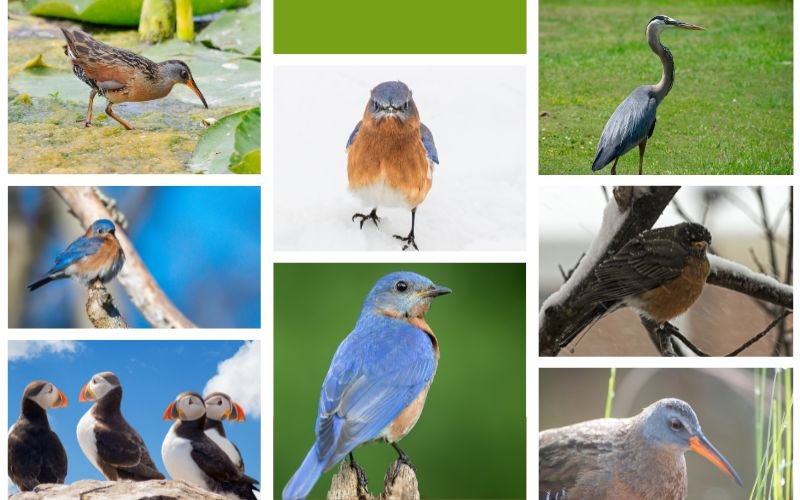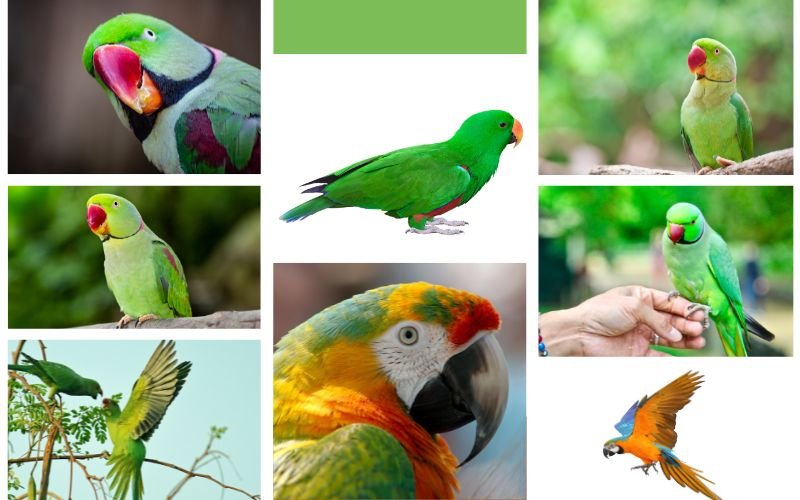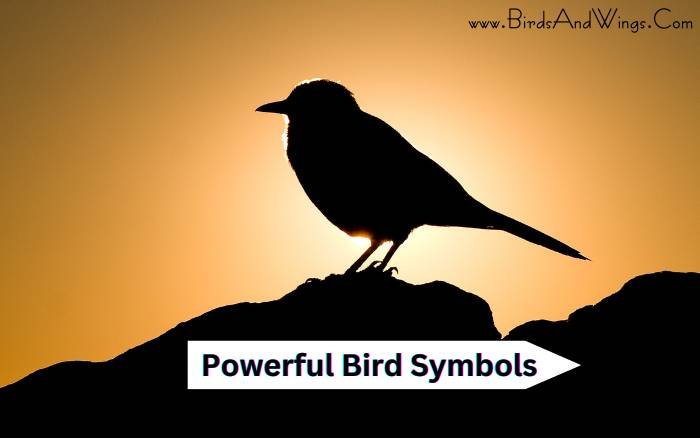New York City isn’t just known for being a busy city and real estate lifestyle and is famous for its rich diversity of avian spices. Among that diversity, Birds with red bodies attract people more.
In this article, we will explore the top 15 Red Birds in New York by emphasizing their physical characteristics, geographic distribution, habitat preferences, and feeding habits. So let’s look into these different species of red birds in New York City.
An Overview of Beautiful Red Birds in New York
New York City has a richness of diverse species of birds. Each of the species has different adaptability and different attributes in nature. This section will briefly explain these vibrant red birds’ physical characteristics, geographic distribution, habitat preferences, and feeding habits.
Physical characteristic
The common features of these birds are the bright red plumage on their body. These reds might have shades such as bright red, maroon red, cherry red, wine, and brick red.
Their size and shape, and origin vary in their color combinations. Some birds have red breasts, some have red heads, and some have red tails, spots, and patches on their overall body.
Geographic Distribution
Red Birds with vibrant colors have different places covering the state. However, they are familiar in North America, South America, and the United States.
These red species mostly travel to New York during their breeding season to have a secure breeding process—some visit to search for their food habits and raise their chicks there.
Habitats preferences
These red bird species prefer woodlands, forests, watery areas, lakeshores, gardens, and urban places. Their distribution and habitat places provide them with security and food sources for survival.
Food habits
These different red species have different food sources from the environment. Some prefer insects such as ants, beetles, spiders, flies, and grasshoppers.
Some birds prefer nectar from flowers and trees. Some birds prefer seeds, grains, eggshells, and environmental waste.
Now let’s move on to our main topic and explore the 15 most beautiful red birds of new york.
Top 15 Beautiful Red Birds in New York
1. Northern Cardinal
The northern cardinal is also regarded as a red bird or common cardinal or red cardinal. They are familiar with the United States, including New York and some areas of Canada. This bird has a bright red body with a black face. They also have crests on their head, which look like a crown.
Northern cardinal’s beaks are also bright red like their body and wings. They are also known as red songbirds, meaning they can sing clearly and whistle any song. Their diet has insects, snails, beetles, grasshoppers, sunflowers seeds, oats, corn, etc.
Female cardinals made their nests with bark, strips, and grasses. Nestlings or chick use their vocals to communicate with their parents to feed them.
2. House Finch
House Finch is another bird with a red body. Their body is a brown and red combination color. They are familiar in North America, new york, and Hawaii. However, they are often seen in urban areas, suburbs, gardens, woodlands, etc. They always eat seeds, berries, grains, flowers, etc in their regular diet.
Finch made their nests in tree holes or cavities, empty buildings. They also repeat to come to the nests.
3. Scarlet Tanager
Scarlet Tanager is a small red songbird that has red plumage-like scarlet features and most importantly you can find them anywhere in new york. Their tail is also jet-black. They are familiar in the United States, America, and New York.
They are fond of woodlands, urban areas, parks, etc. They eat bees, ants, insects, leafhoppers, beetles, and grasshoppers for their food. Their breeding season starts between May and June.
4. Common Redpoll
Common Redpoll, another name is mealy Redpoll. Their backs are brown, and their chests have little red patches. They also have a bright red patch on their head. They are familiar in North America. Their migration period starts in the late autumn.
They are fond of boreal forests of pines, larches, and spruces. Their main food is seeds. They spend their maximum time in the North. However, they come to New York in winter to search for food.
5. Red Crossbill
The red Crossbill is also regarded as a common crossbill. They have an orangish red-brown plumage over their body with brown wings and tails. They have a unique beak that is crisscrossed and has special adaptability.
During their breeding season, they are familiar in North America. They flock together with other species of Crossbill during their Non-breeding seasons. They eat seeds, larch, and Douglas-fir for their diet.
6. Red-headed Woodpecker
The red-headed Woodpecker is a medium-sized bird with a red head and neck. Their backs are black with white chests. They are familiar in North America. They use their sharp beaks to create holes or nests in the tree trunks.
They eat fruits, seeds, nuts, and insects for their food habits. They also stuff their food in the tree holes or cavities so that they can easily feed themselves throughout the year and do not need to fly daily to search for food.
7. Rose-breasted grosbeak
Rose-breasted grosbeak has black features along with their heads, back, and tails. Their chests are red, and their bellies are white with greyish beaks.
They are familiar in North America. They can travel long distances during their migration period. They cover long distances and spend their winters in South America and Central America.
But they travel to New York and raise their chick there during their breeding seasons. Their diet has seeds, nectar, insects, berries, etc.
8. White-winged crossbill
White-winged Crossbill is also regarded as a two-barred crossbill. Their body is red with black wings, tails, and legs. There are white features on their wings. They are familiar in Canada, the United States, and Europe.
Their main food is seeds. They also eat insects, nectar, snails, and fruits. They can break or open conifer cones with their cross beaks to get the inside seeds.
9. Pine grosbeak
The pine grosbeak is another bird with a red body and black wing features. Their wings assist white stripes on it. They are familiar in North America Areas like New York.
They reside in pine forests and woodland areas. They mostly eat seeds, fruits, and buds from the trees. They are also fond of black oil sunflower seeds. They travel more to the South during their breeding season.
10. Summer tanager
Summer Tanager is a red bird with a little green, brownish color on their wings. Their beaks are dark. They are familiar in the United States. Later they travel to Central America, South America during their breeding season.
They eat seeds, insects, fruits, bees, etc. Sometimes they fly to catch the insects in a flight posture.
11. Purple Finch
Purple Finch is associated with the Finch Birds family. Their heads are red with a purple mixture. Their breasts are brownish, with brown feathers on their wings. They are familiar in North America. They are found in Canada and the United States during their breeding season.
They go to the Northeast during their non-breeding season. They like wooded areas for their habitats. Their diet has seeds, nectar, berries, insects, etc.
12. Red-capped cardinals
Red-capped cardinals are small birds with red heads, black beaks, tails, and back with white bellies and chests. They are familiar in South America.
They are fond of mangrove forests, half-open places, and watery and wet areas for their inhabitants. Their diet contains seeds, rice, fruits, etc. Their breeding season starts from June to September in Northern South America.
13. American Robin
American Robin is a bird with a black head, brown back, and wings with a reddish-orange lower part. They are familiar in North America, Southern Canada, and Mexico. They visit North America, Canada, Florida, and Mexico during their breeding season.
But they migrate to the United States in the winter, mostly in New York. They are active day birds. They eat berries, fruits, and insects. They protect their breeding territory and nests.
14. Painted Buntings
Painted Bunting is a vibrant color of birds. Their heads are blue, and their backs are black, brown, and green. Their lower body is red with black beaks and legs. They are familiar in North America. They are fond of woodlands, shrubbery, and brushy areas like gardens.
They are shy birds, and it is very difficult to observe them. A male painted Bunting sings in spring seasons. They mostly eat seeds, grasses, insects, spiders, snails, grasshoppers, etc. Their breeding seasons start in mid-April and last till August.
15. Vermilion flycatcher
The vermilion flycatcher is a small bird with a red body and brown wings. They have a red crest or crown on their heads. They are familiar with Mexico, South America, Central America, and the United States. They spend maximum time in tree perching.
They eat grasshoppers, small fish, beetles, etc. Male birds find nesting places or residences. Later female birds build nests and protect their egg from predators.
Are any of the birds with red breasts on the list?
In the vibrant avian kingdom of New York, a fascinating question arises: Are any of the birds with red breast on the list of the top 15 beautiful red birds? Their scarlet chests grace the urban landscape, capturing attention wherever they perch. Their inclusion in this prestigious roster would illuminate the allure of these magnificent creatures.
Conclusion
In conclusion, New York City has immense potential for these vibrant red species. For decades, this city has provided these red birds with a secure breeding season and natural food sources. These red birds’ unique characteristics and survival tactics help them cope with nature.
There are a lot of birds with red breasts with a vibrant color combination. You can discover their unique characteristics and habits, making you wonder about these beautiful species. If you think I have missed out on any red birds that can be found in New York City, then just shoot me a message.




